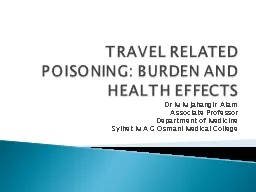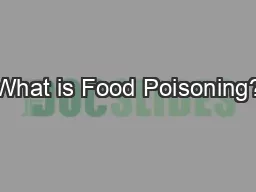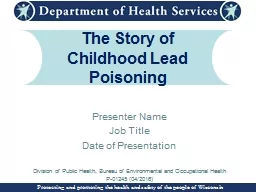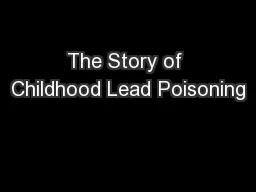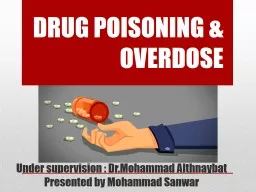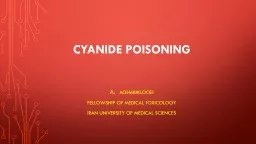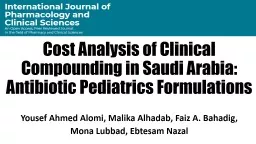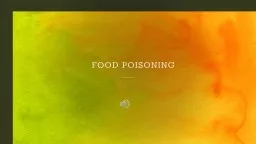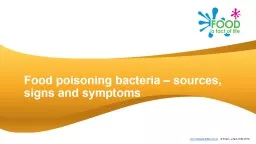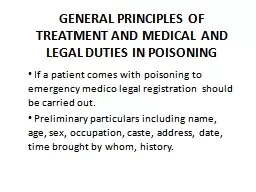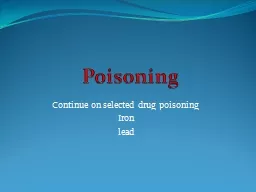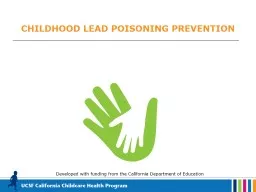PPT-TRAVEL RELATED POISONING: BURDEN AND HEALTH EFFECTS
Author : Kingslayer | Published Date : 2022-07-28
Dr M M Jahangir Alam Associate Professor Department of Medicine Sylhet M A G Osmani Medical College Poisoning is a medical emergency results in morbidity
Presentation Embed Code
Download Presentation
Download Presentation The PPT/PDF document "TRAVEL RELATED POISONING: BURDEN AND HEA..." is the property of its rightful owner. Permission is granted to download and print the materials on this website for personal, non-commercial use only, and to display it on your personal computer provided you do not modify the materials and that you retain all copyright notices contained in the materials. By downloading content from our website, you accept the terms of this agreement.
TRAVEL RELATED POISONING: BURDEN AND HEALTH EFFECTS: Transcript
Download Rules Of Document
"TRAVEL RELATED POISONING: BURDEN AND HEALTH EFFECTS"The content belongs to its owner. You may download and print it for personal use, without modification, and keep all copyright notices. By downloading, you agree to these terms.
Related Documents

